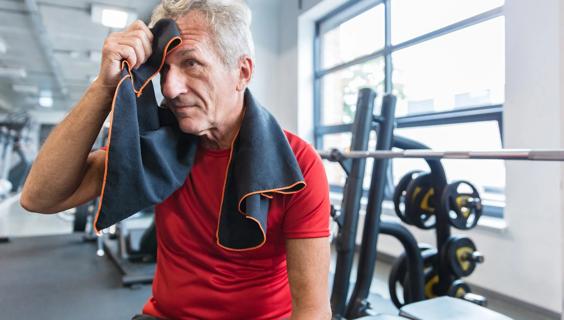Dealing With Muscle Soreness After Exercise: What's Normal and When to Worry
Are you experiencing muscle soreness after a workout? It's a common experience for athletes, fitness enthusiasts, and beginners alike. But how do you know if it's a normal part of the muscle-building process or a sign of something more serious? This article breaks down the difference between good and bad soreness, offering practical advice to help you recover effectively and prevent injuries.
Is Post-Workout Soreness Normal? Understanding DOMS
Delayed Onset Muscle Soreness (DOMS) is that achy feeling that develops hours or even days after intense exercise. It's especially common when starting a new routine or returning to exercise after a break.
- What causes DOMS? Microscopic tears in your muscle fibers occur when lifting weights or putting stress on your muscles.
- How do muscles recover? With rest and proper nutrition (especially protein), your body repairs these microtears, making your muscles stronger.
- How long does DOMS last? Usually, DOMS fades within a few days as your muscles adapt to the new demands.
Should You Exercise When Sore? Knowing Your Limits
Low-level soreness is generally a green light for light activity. Gentle movement can sometimes ease the discomfort. However, intense pain or difficulty performing exercises warrants rest.
- Light Soreness: A lighter workout might actually alleviate the achiness.
- Intense Soreness: Avoid strenuous activity to prevent further strain and promote healing.
Good Soreness vs. Bad Pain: Recognizing the Difference
It's crucial to distinguish between beneficial muscle soreness and pain that signals an injury.
Good Soreness:
- A dull, low-level ache.
- Rated 2 or 3 on a pain scale (1-10).
- Doesn't worsen during exercise.
- Doesn't limit daily activities.
Bad Pain (Signs of potential injury):
- Sharp, sudden, or intense pain.
- Limits movement or range of motion.
- Occurs in a previously injured area.
- Doesn't improve after rest, ice, or NSAIDs.
- Accompanied by pressure, bruising, fever, or chills.
If you experience any of the symptoms above, consider consulting a healthcare professional.
What if You're Never Sore After Exercising?
Lack of soreness doesn't necessarily mean you're not making progress, but it could indicate one of two things:
- Your Muscles Have Adapted: Your body may have grown accustomed to your current routine.
- Insufficient Challenge: Your muscles might not be challenged enough to stimulate growth.
To continue progressing, consider gradually increasing the challenge.
Progressing Safely: The 10% Rule and the Talk Test
Avoid overuse injuries by increasing your workout intensity gradually.
- The 10% Rule: Increase weight, duration, or intensity by no more than 10% per week.
- The Talk Test: If you can easily hold a conversation during your workout, it's time to increase the intensity.
- RPE Scale: Aim for a 6-8 on a scale of 1 to 10, where 10 is maximal effort.
Remember, consistency leads to progress. Focus on small, sustainable improvements rather than pushing yourself too hard, too soon.





